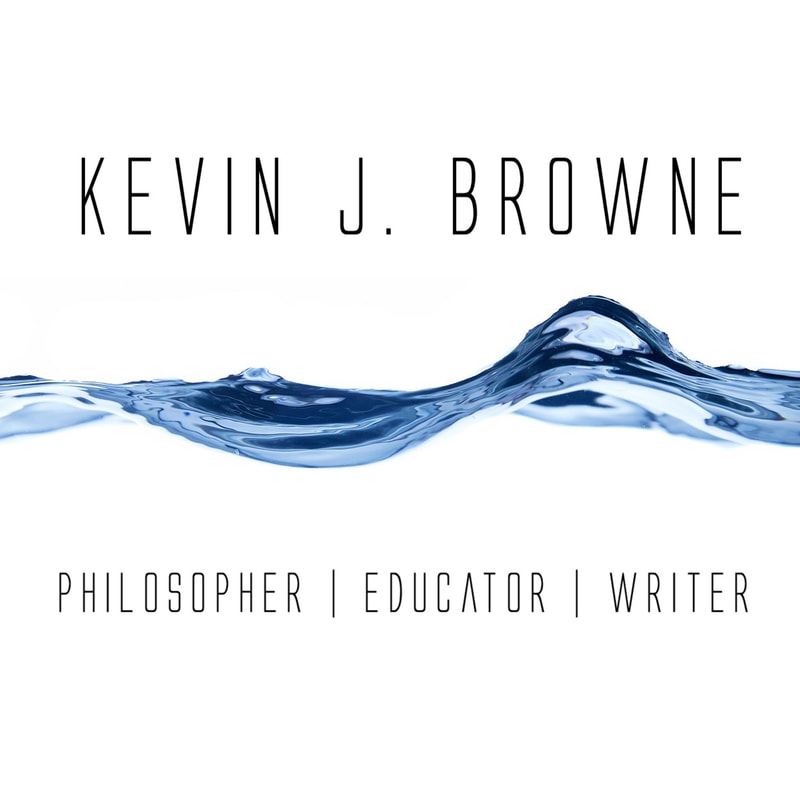|
As human beings, we have a unique ability to see things in different ways. Two people can look at the same thing at see differences. Or, the same person can see differences when looking at the same thing at different times. This raises several interesting philosophical questions. What are things really like independent of how we see them? Can we ever know which perspective is the correct one?
Of course, for many people, the answer to the second question is very easy. The correct perspective is theirs! We often find it difficult to imagine how anyone could see things otherwise or that there could be any validity to a perspective other than our own. This inability contributes to many of our most contentious debates on topics of politics and religion. The capacity for empathy is, in part, the ability to take the perspective of another person. It is a very powerful skill and one that is critical to good thinking. While it doesn't come easily this skill can be learned. But, it requires being open to asking a few difficult questions. What if my view on this topic is wrong? What if there is another equally valid viewpoint? What if there is information I am missing which would cause me to change my perspective? Here are some thinking tips from the C.I.A. which can also help with this: 1. Become proficient in developing alternative points of view. 2. Do not assume that the other person will think or act like you. 3. Think backward. Instead of thinking about what might happen, put yourself into the future and try to explain how a potential situation could have occurred. 4. Imagine that the belief you are currently holding is wrong, and then develop a scenario to explain how that could be true. This helps you to see the limitations of your own beliefs. 5. Try out the other person's beliefs by actually acting out the role. This breaks you out of seeing the world through the habitual patterns of your own beliefs. 6. Play "devil's advocate" by taking the minority point of view. This helps you see how alternative assumptions make the world look different. 7. Brainstorm. A quantity of ideas leads to quality because the first ones that come to mind are those that reflect old beliefs. New ideas help you to break free of emotional blocks and social norms. 8. Interact with people of different backgrounds and beliefs. If you look closely at this list and compare it with your everyday life you will see that you mostly don't do these things. Most people mostly don't do these things. We tend to associate with people we already agree with, read material we already agree with, and watch media with views we already agree with. So, it becomes very difficult to even imagine someone thinking differently. And, next to impossible to imagine that someone could think differently for good reasons. But, keep in mind that since everyone else thinks this way as well there are people who are listening to and watching media with which they agree but that disagrees with whatever view you hold. And, they believe the same thing about your view! Breaking out of this limiting perspective is an important part of becoming a good critical thinker.
0 Comments
Leave a Reply. |
KEVIN J. BROWNEPhilosopher / Educator These blog posts contain links to products on Amazon.com. As an Amazon Associate I earn from qualifying purchases.
Categories
All
Archives
April 2023
|




 RSS Feed
RSS Feed
















